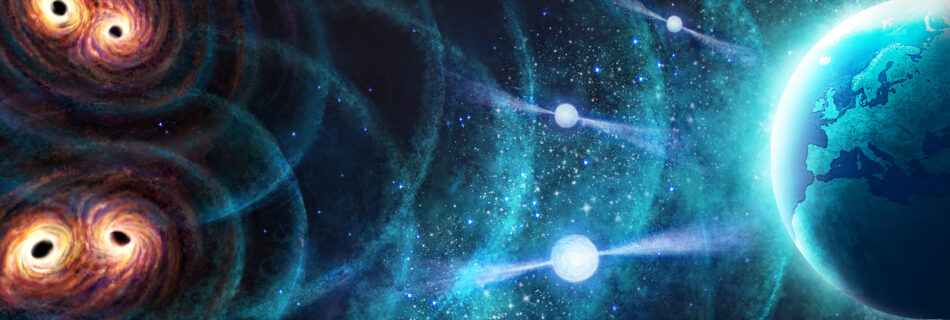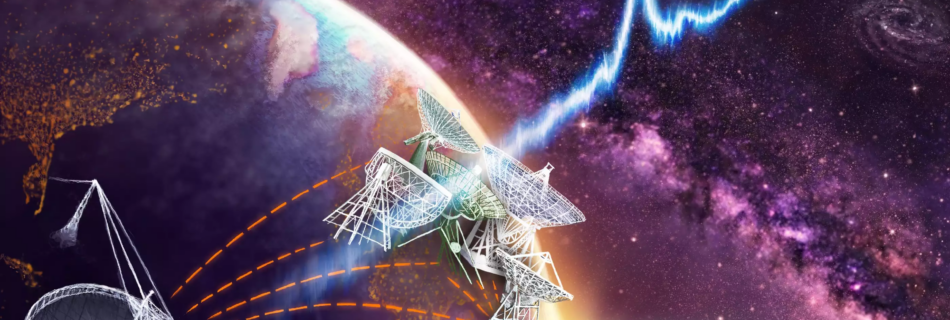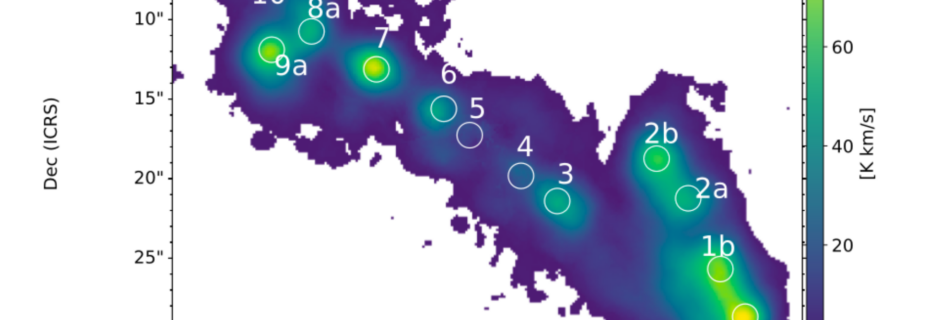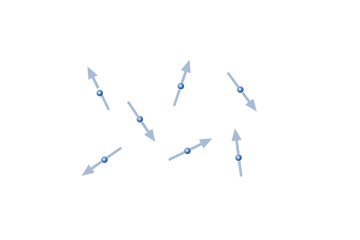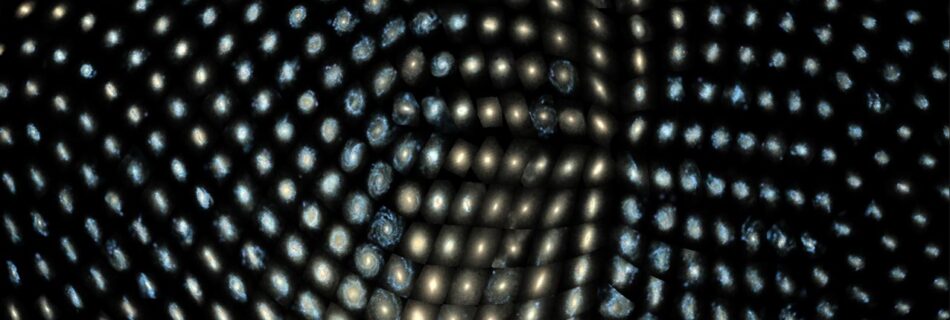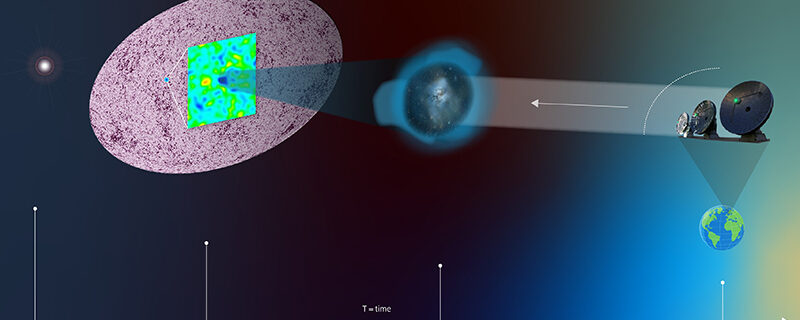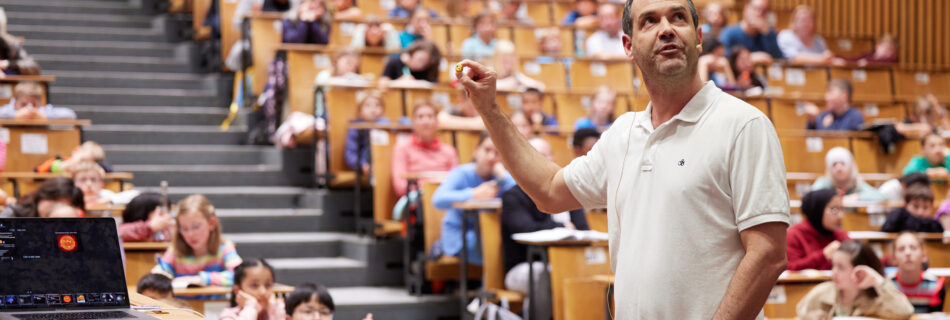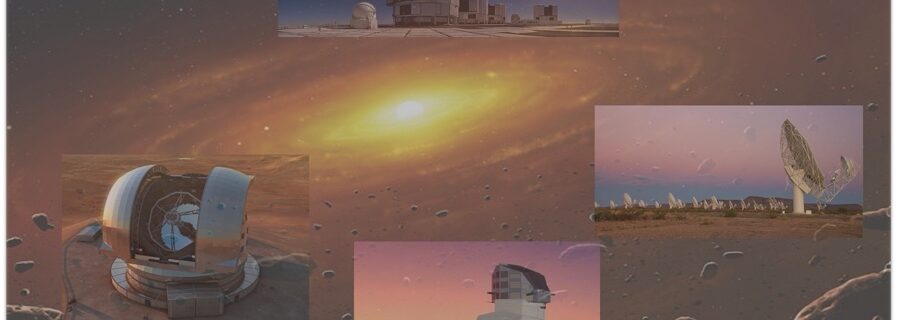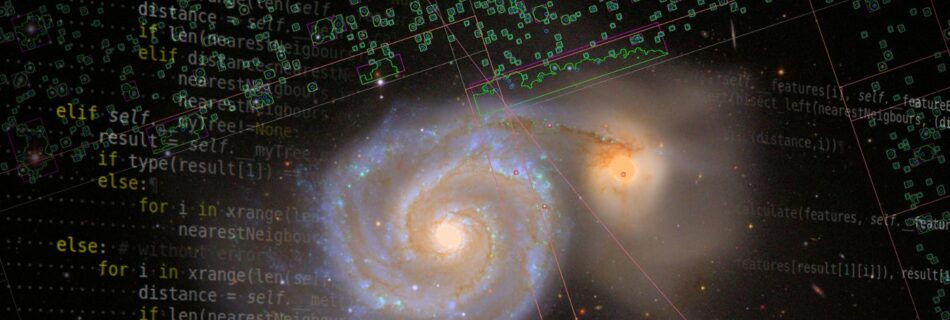“Das Summen der Raumzeit” (The humming of space-time)
Prof. Dr. Michael Kramer, Öffentlicher Abendvortrag (Public evening lecture) im Deutschen Museum, München, Deutschland: “Pulsare sind die natürlichen Leuchtfeuer des Weltalls. In rhythmischen, genau berechenbaren Pulsen (daher der Name) schweifen ihre Lichtkegel durch den Raum. Angetrieben von magnetisierten, rotierenden Neutronensternen – den dichtesten Objekten im beobachtbaren Universum – sind sie hochpräzise Uhrwerke, die kleinste Störungen …
Read more ““Das Summen der Raumzeit” (The humming of space-time)”

